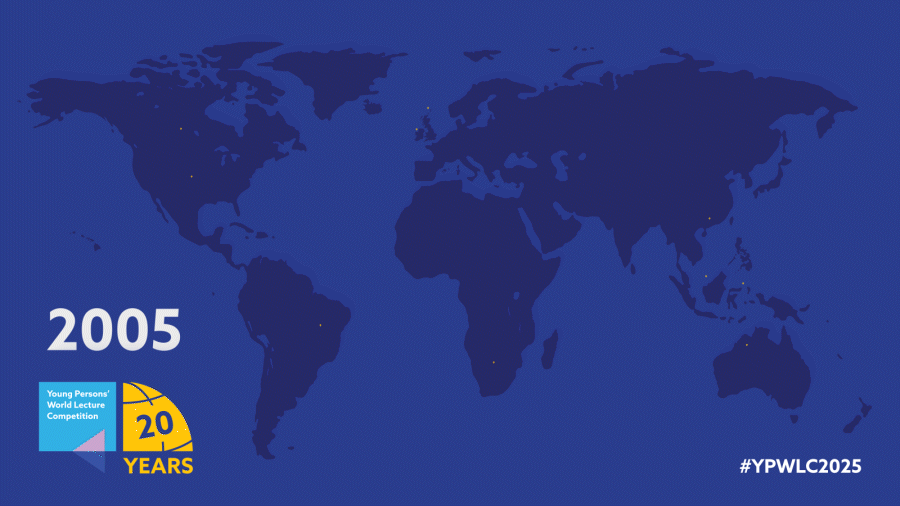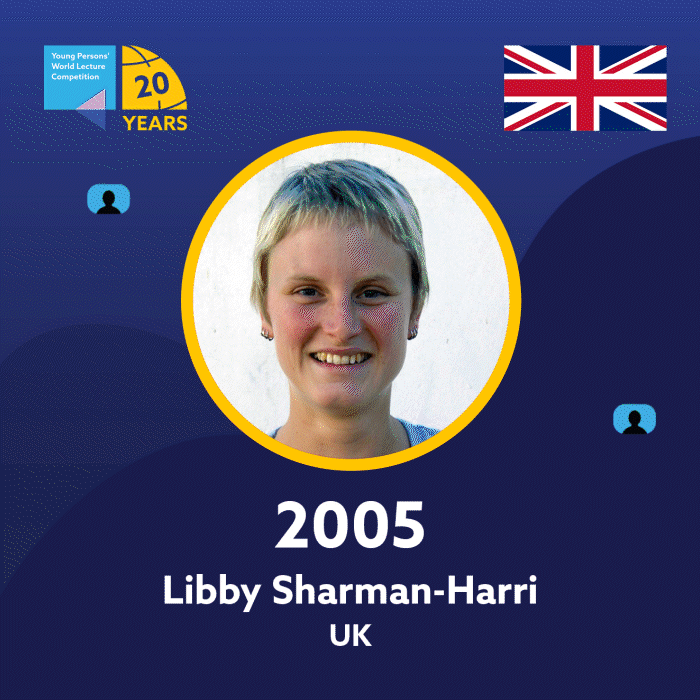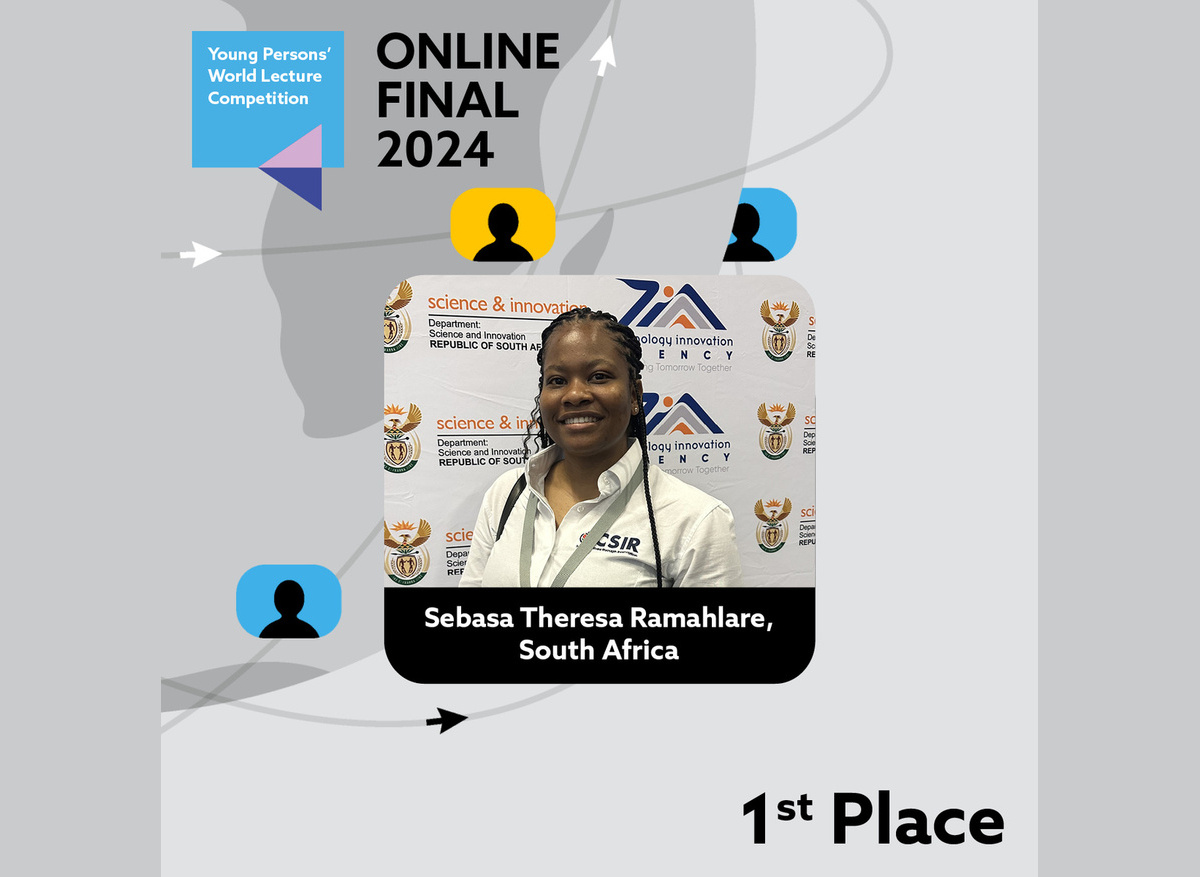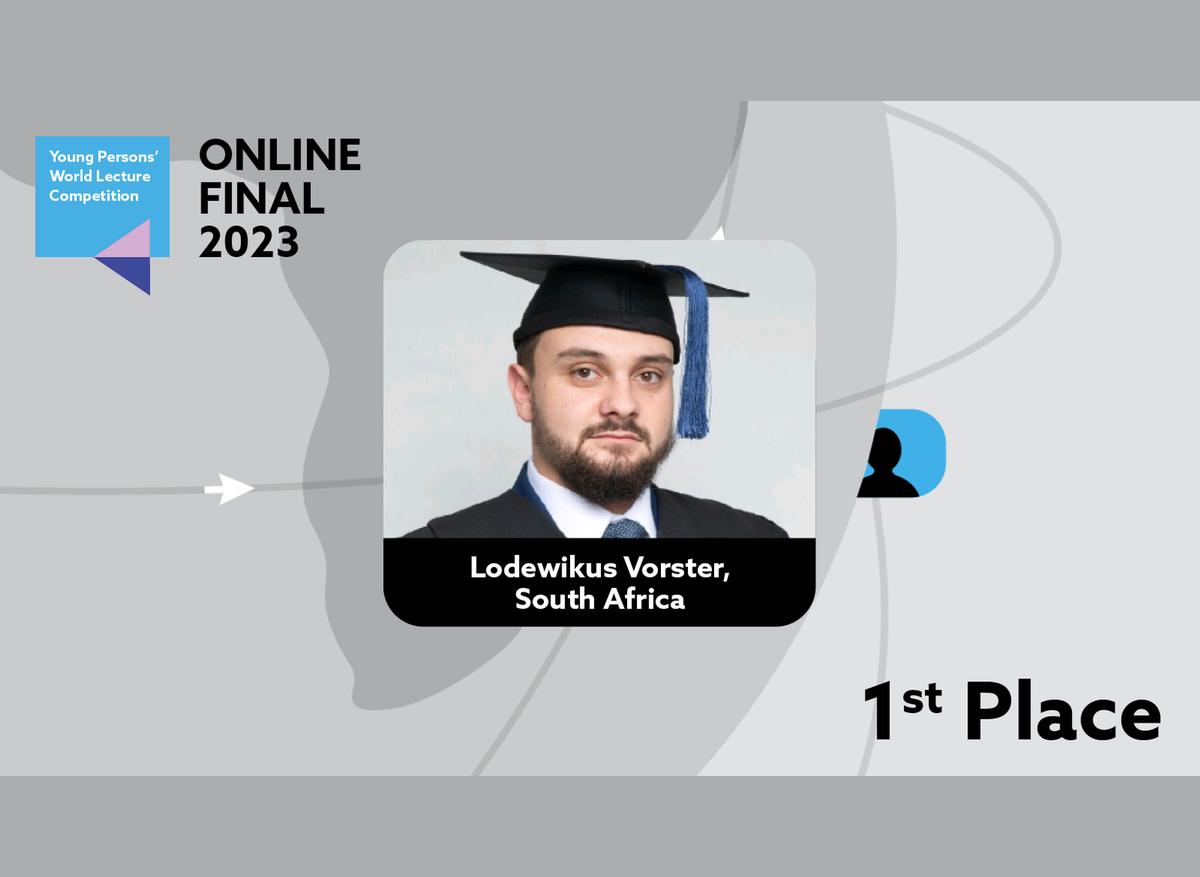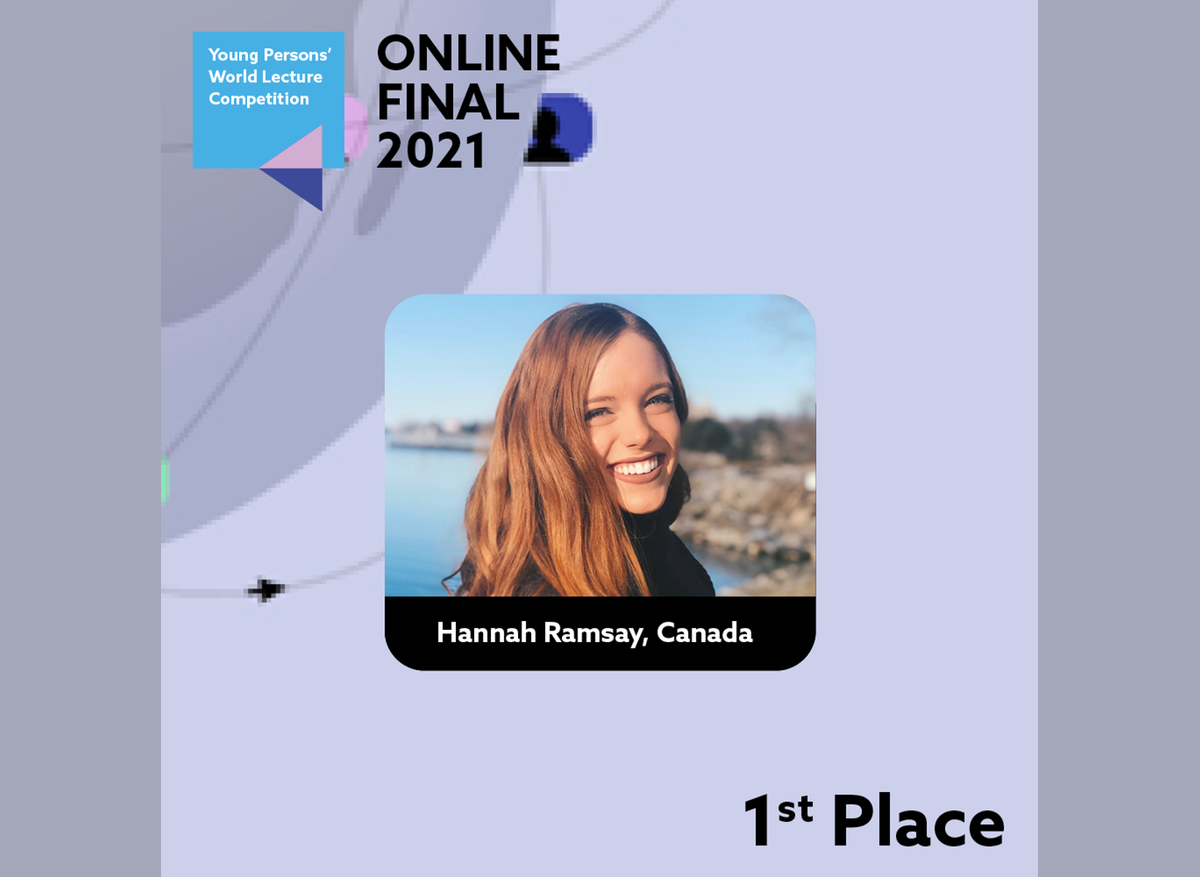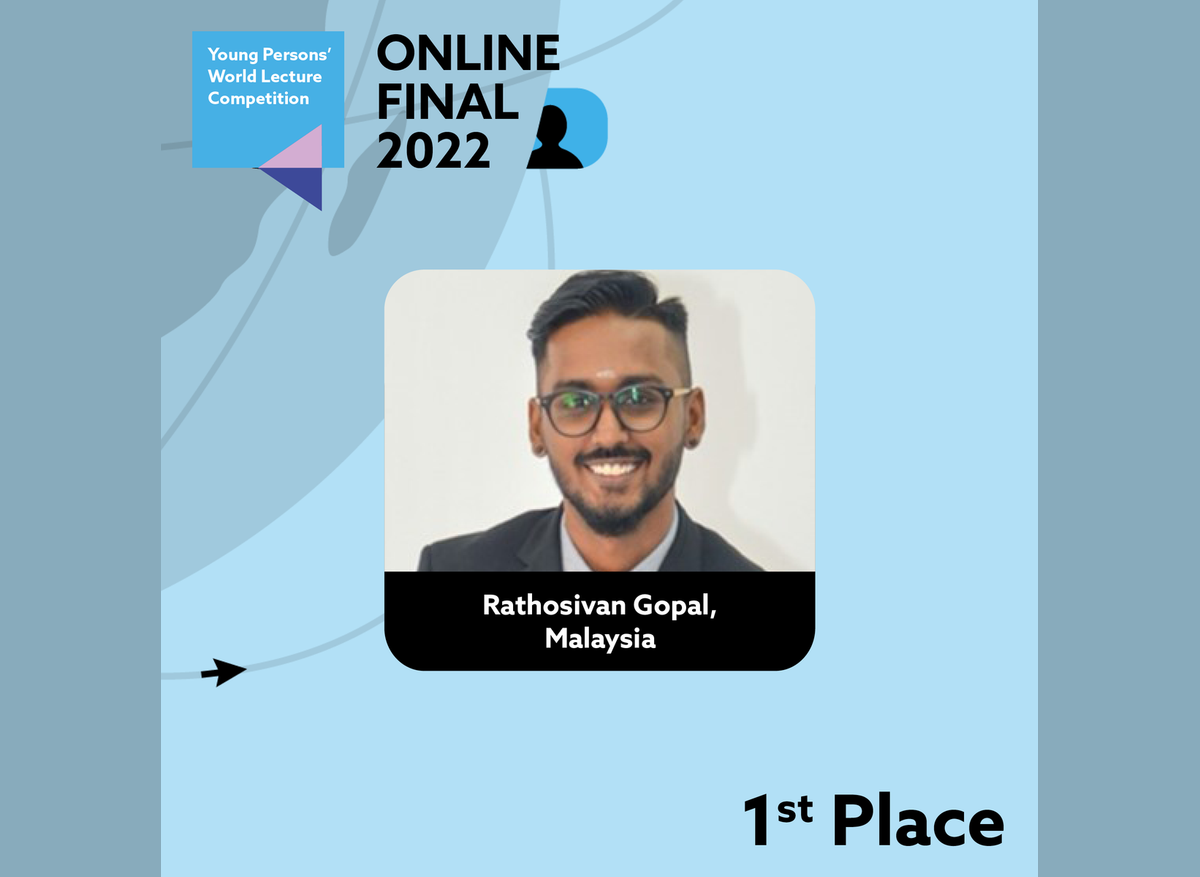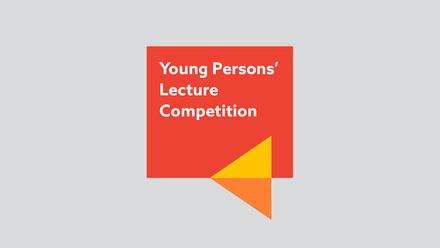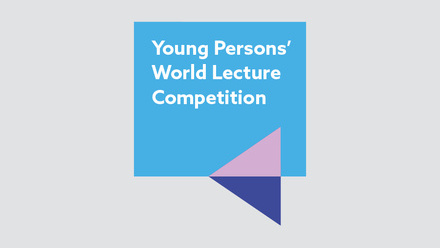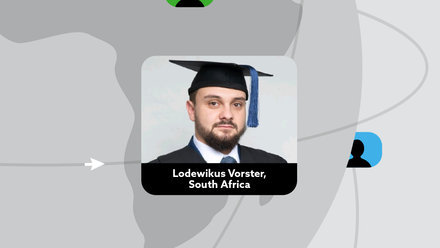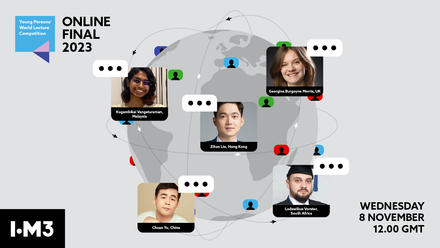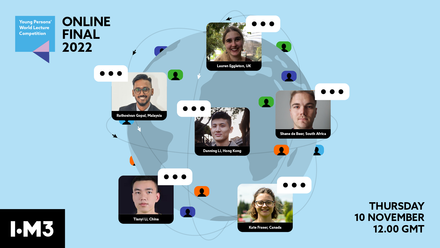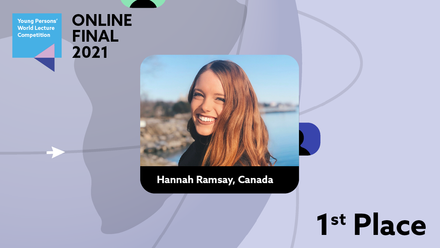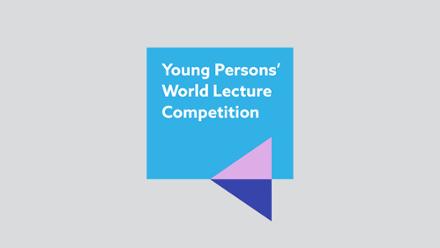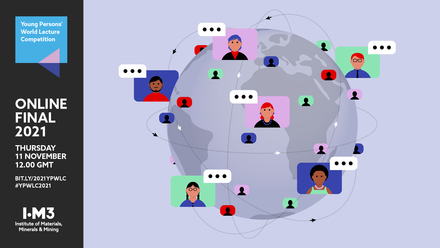The YPWLC is an extension of the Young Persons' Lecture Competition (YPLC) and is organised by the IOM3 Student & Early Career Group.
The winners of the finals, held in countries and regions where IOM3 has international branches or sister institutions, compete in the world final. The first YPWLC was held in London in 2005, and since then has travelled to different locations in four continents. Since 2020, the Young Persons' World Lecture Competition is being held online.
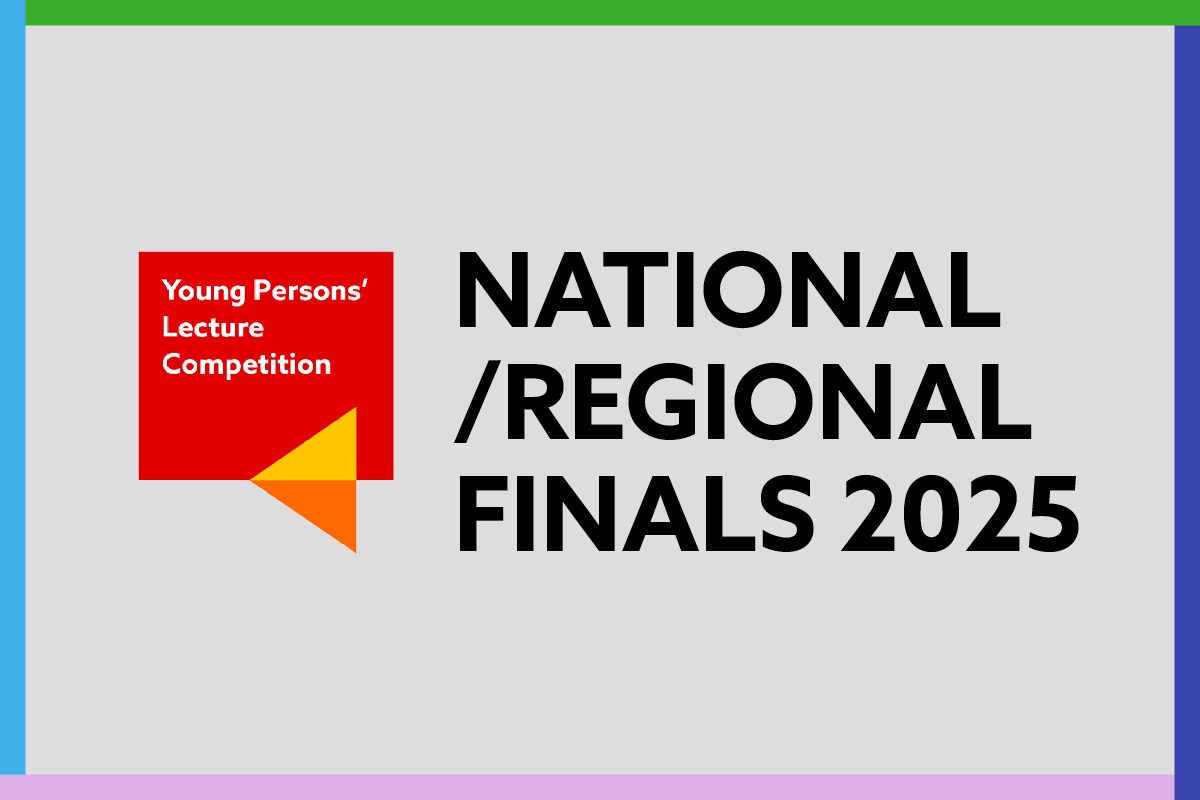
Entrants compete in regional and national finals organised by international co-ordinators and the winners will compete in the 2025 online YPWLC final on Thursday 27 November.
Submit your abstract to enter the final of your choice.
2025 YPWLC finalists
tbc


